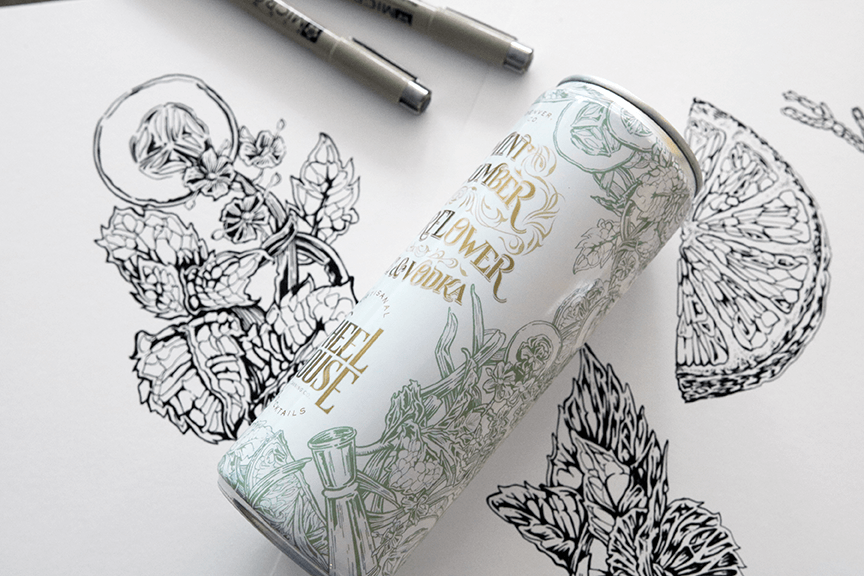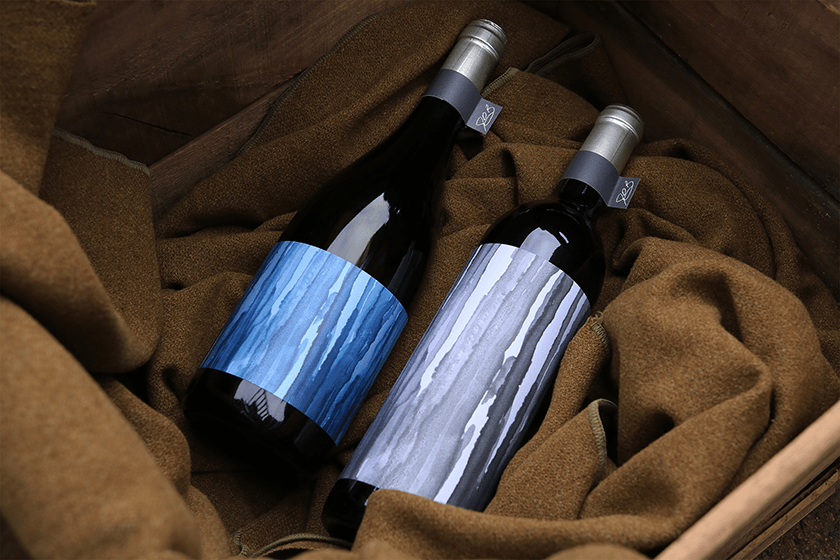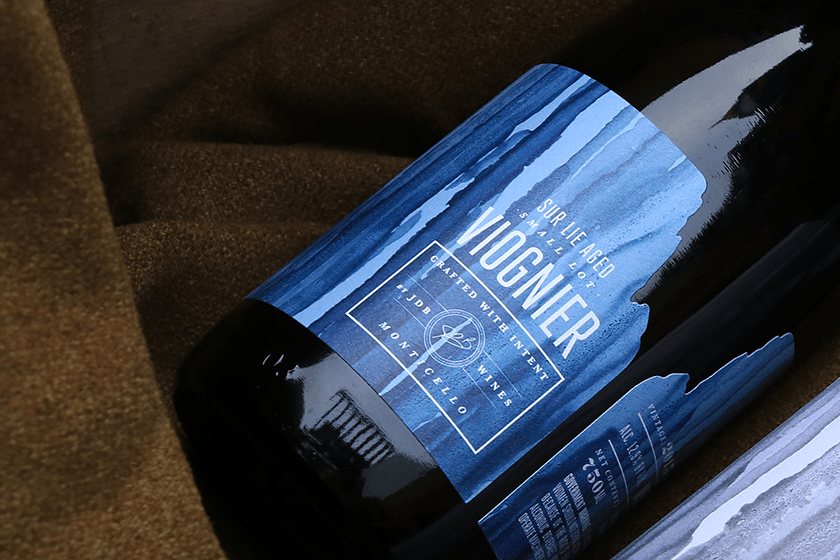Developing a Successful Package Design
A successful package begins with a great partnership. You know your business, your product, and you have a vision. Finding a design partner to produce your package who:
- is experienced in your market
- listens and understands your vision
- has the expertise to bring your package to fruition
- will coach you on the pitfalls and is willing provide constructive criticism
can be the moment that makes or breaks your package. After you have selected a package design studio, you can dive into these first steps:
Know Thy Market
Who is your market? Who are you selling to? How old are they? What are their tastes? Creating a mood board that visually reflects who your market is and what they are buying is always a great starting point. Then, you can always compare your package to this initial step to ensure you are heading the right direction.
It’s also great to know what this year’s trends are, which The Dieline does a great job of summarizing here.
Visiting a local store to physically and visually experience what is available can also be an eye-opening experience.
Now that you are aware of the existing market, how do you separate yourself to stand out within that?
Separating Yourself On Shelf is a matter of knowing what the consumer will experience when they go to purchase your product. A successful package design will grab their attention, but will still be in-line with something they would want to buy.
Consider what is currently popular in the marketplace. For instance, if wild illustrations with tons of color covering the entire bottle, can, or product is a popular approach in your market, why not separate yourself through a minimal design using colors opposite your competition. This will move someone’s eye directly to your product when surrounded by 100 other bottles. You can still use similar design cues as the other products, but in a different way – staying in-line with what the consumer wants without alienating them. A good example of this was when Modern Times broke onto the craft beer scene with a minimal white can amongst all the darker, heavily illustrated beers.
Or, if your market is heavy in the minimalist style that is popular right now, especially within body and lifestyle products, why not try something new? A good designer can set you apart without setting you out of the market.
One way to ensure that your product is 100% unique is using a designer capable of illustrating. A hand-lettered or illustrated moment within a package can infer the hand-crafted process with which your product is made. Hand-lettering sets you apart from the brands who only have existing fonts at their disposal.
Wheelhouse Cocktails‘ can uses illustrations of the fresh ingredients used to produce their product, and integrated them as a primary brand element on their packaging. As the ingredients change for each can, so do the illustrations. Unique hand-lettering was also integrated to invoke a speakeasy vibe.

Are you selling based on your brand name or on your package?
Brand Recognition: You are either going to choose to sell based on your brand name, putting your logo/name first and large on the front of the package, or you could put all of your eggs in the package design basket, making something so intriguing that you drop the brand to the back, as seen below.
Going brand/name first is great for larger brands that are known nationally, as consumers are actively looking for your name in the marketplace – so making that readily available to them can be a good move.
For Jake Busching Wines, a small lot producer, there is no text on the front of bottle, drawing you in and making you pick up the bottle to get to the ‘dripping’ die cut and details on the back of the bottle.

Back of bottle:

The details :
Another reason it is important to select an experienced design partner is because you will have to receive approval from the government in many cases – be it the TTB, FDA etc., so working with a partner who is aware of the rules (required text, font sizes) will help you achieve a faster approval.
One a package is designed, selecting the correct vendor to produce your product can be daunting. An experienced partner will likely have some great contacts and relationships to share, and will be able to guide you on materials and production.
Setting a solid foundation in the beginning of your business, through these steps, will help you achieve success at market.
